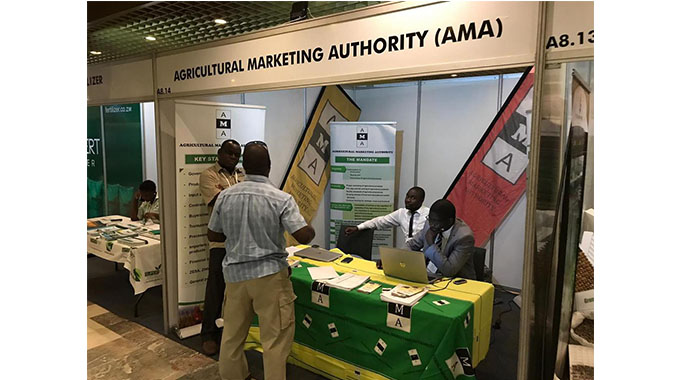Ama registers 2m farmers for inputs scheme
THE Agricultural Marketing Authority (Ama) has registered over two million farmers to benefit from government input and production schemes for the 2023/24 agricultural season, ahead of the looming El Niño drought.
This comes after the United States Agency for International Development (USAID) last month reported on the initial impact of the El Niño-induced drought.
In its November food security report, USAID said dry and very hot conditions last month were limiting planting activities across much of the country, following cumulatively average to above-average rainfall in October.
“To date, a total number of 2 114 764 farmers has been successfully registered. The registered farmers have benefited directly by accessing government inputs and production support from private contractors,” Ama chief executive officer Clever Isaya said.
He told a Press conference last week that the authority would introduce identity cards to be used to access government inputs.
Isaya said registered farmers have “benefited immensely from the Zimdollar fuel, where over six million litres have been allocated to farmers, farmer unions and registered associations to date”.
He said 9 500 farmers were trained last year and 10 003 this year.
The registration of these farmers and Ama’s push to support them comes as the Lands, Agriculture, Water, Fisheries and Rural Resettlement ministry launched the village business unit model.
A total of 35 000 village business units will be operationalised.
The model seeks to increase household incomes from agricultural production in smallholder areas and spur rural development.
As of November 15, there were 2 421 boreholes that had been drilled, with 691 equipped.
There were 84 village business units and school business units established and 58 of these were registered as companies.
In its report covering last month, USAID found that land preparation continued to be the main activity, although at below-normal levels.
While an effective start of the season is typically around mid-November across most parts of the country, the dry and hot conditions are delaying an effective start to the rainy season.
“Close monitoring of rainfall totals and distribution will be required throughout the rainy season to assess the impact of the El Niño on crop production. Deficit-producing areas in southern, eastern and western Zimbabwe are of particular concern,” USAID said.
“Access to water is declining across most typical semi-arid areas where rainfall has been well below average in November. In these areas, livestock and some people travel longer than normal distances to access water, reducing the time available for households to engage in other domestic and livelihood activities.”
USAID reported that pasture conditions are also deteriorating in these areas, mainly negatively impacting cattle body conditions.-newsday











